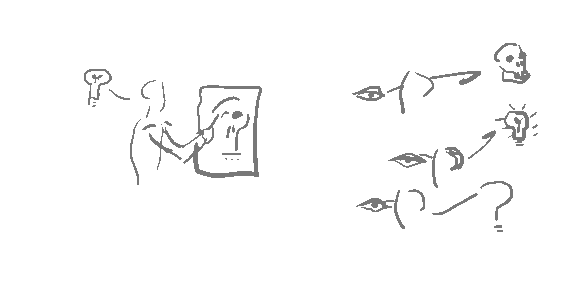Why should we bother to study the art of swordsmanship today?
In short, because it teaches lessons that are becoming more and more rare in modern society. There is an ethical aspect to martial training that naturally arises when learning any combat art, and they help to make better, more civilized people.
It helps to look at a warrior's role in society. On the most basic level, we all need to feel safe to pursue our goals in life. Without people dedicated to helping create this situation society breaks down as everyone works to secure their own survival by any means. In a group where there are no protective warriors, the strongest and most ruthless take whatever they want, and nobody can stop them.
To prevent this collapse, we need people who have the skill, and the motivation to stop these tyrants from taking over. Thus we have organizations such as the military and police who were created to protect us from external and internal threats.
This however can lead to a situation where only those groups learn how to deal with intense situations, and unfortunately, they aren't able to be everywhere at once. Not to mention that I find government institutions to be inefficient at best, and self serving at worst.
Relying entirely on others to keep you safe is like telling kids that the only way to deal with a schoolyard bully is to tell the teacher. If the teacher is around, maybe the bully acts in a civilized way, but as soon as they aren't around the bullying will often get worse.
Studying martial arts in general represents an alternative approach. Instead of relying on someone else to protect you, it teaches you the skills and confidence to protect yourself. When you are able to stand up to a bully, or a tyrant they are forced to behave.
When you are able to actually defend yourself, and you have been taught proper ethics, you become a civilizing force. Bullies and tyrants look for those who are weaker than them, who won't stand up or fight back. Just by standing up for yourself you greatly mitigate the need for actual violence, since they often will look to find an easier target.
If they do resort to violence, then they were going to at some point anyway, and having the proper skill to stop the immediate threat to your own safety, and the safety of others becomes critical. When you know what the appropriate amount of force is, you can use less and keep more people safe.
As you train, you begin to realize that you may get respect for your ability. Without proper teaching, this can create terrible people, which is why an ethical code naturally arises alongside any respectable martial school. The student must be taught that when they see violence happening, that they must work take action to protect those around them, or they become nothing more than a thug.
The reason why learning swordsmanship is timeless is because it teaches the courage, discipline and mentality needed to ensure the safety of the people around them. This is the basis for civilization and freedom. If every person was capable and willing to help others in need it would benefit society as a whole.
The reason I teach this art is because I believe in building strong people, and strong communities who care about each other. This just happens to be my way of doing that.





